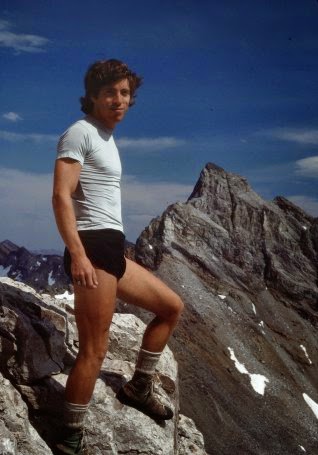Stonington, Maine is a beautiful harbor town.
It is a major port for fine fresh seafood. The refrigerated semi trucks were rolling onto the docks and loading at night. I could imagine them pulling up to the back door of a very fine restaurant in New York or Boston to unload.
Maine in autumn, lobster boats, and fall color.
Fort Knox, in Bucksport, Maine dates to 1844, to guard against the British.
My father built this house, and I lived in it when I was about four years old.
The water in a nearby stream made endless patterns.
Wave crashing against the granite of Schoodic Point at sunset.
The vast ocean horizon.
My mother, at sunset, on Little Moose Island.





















































